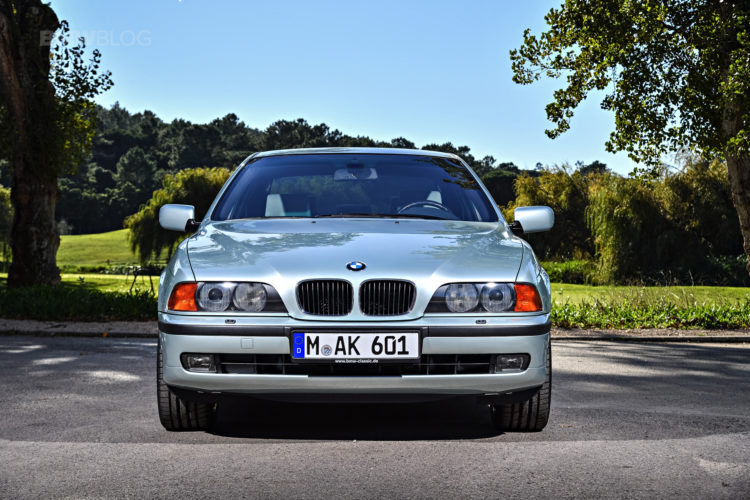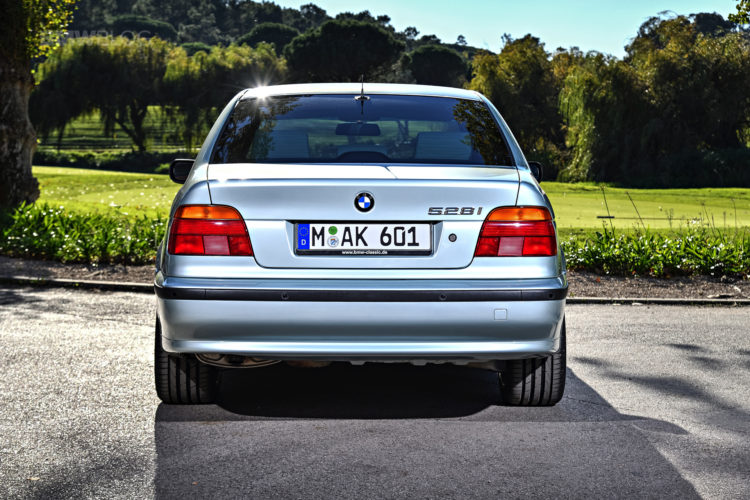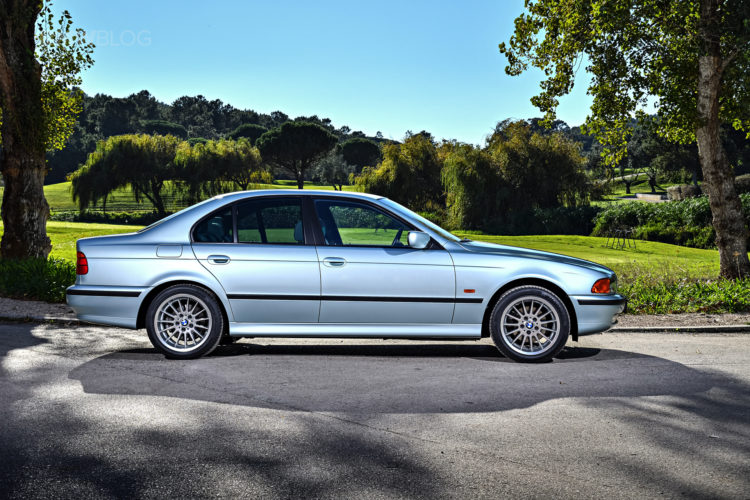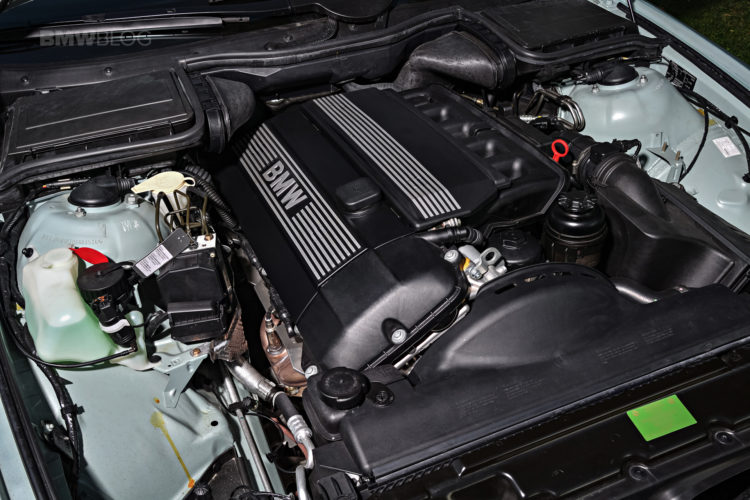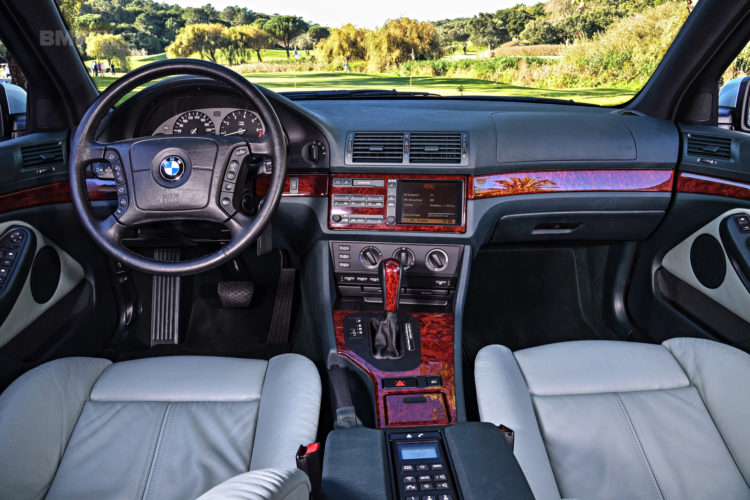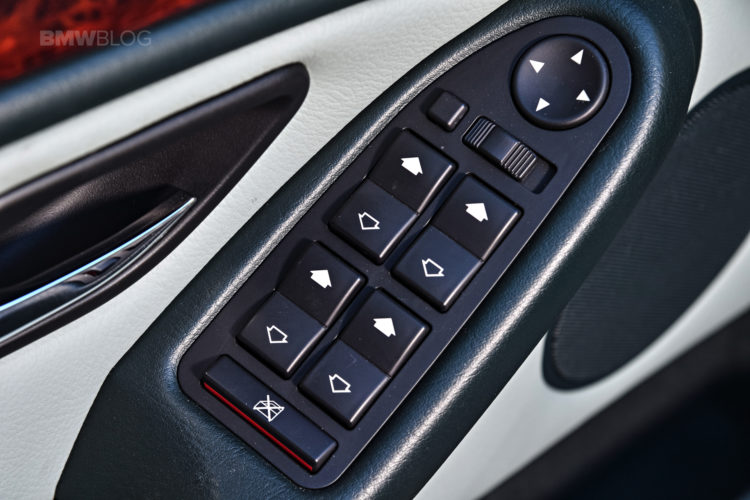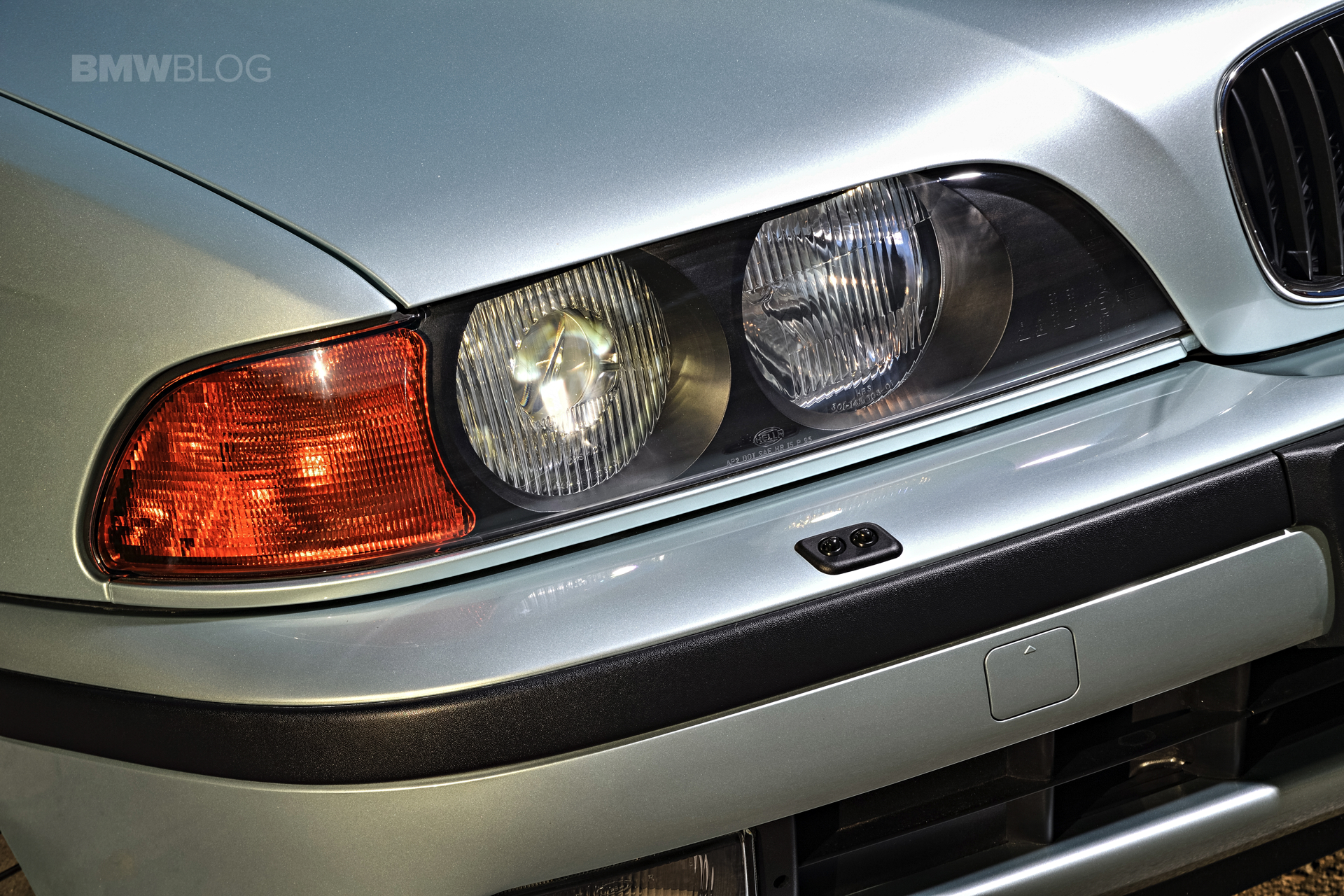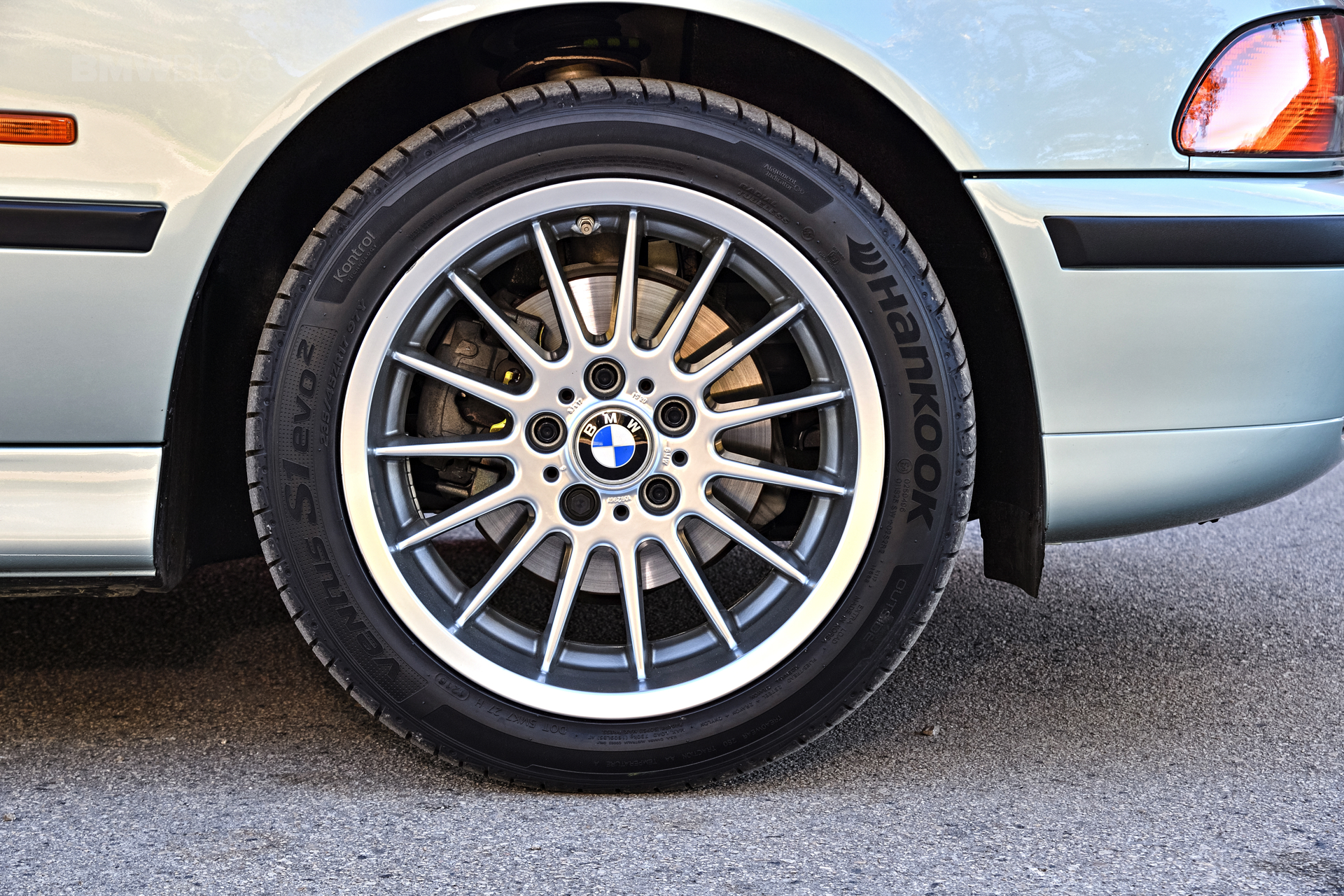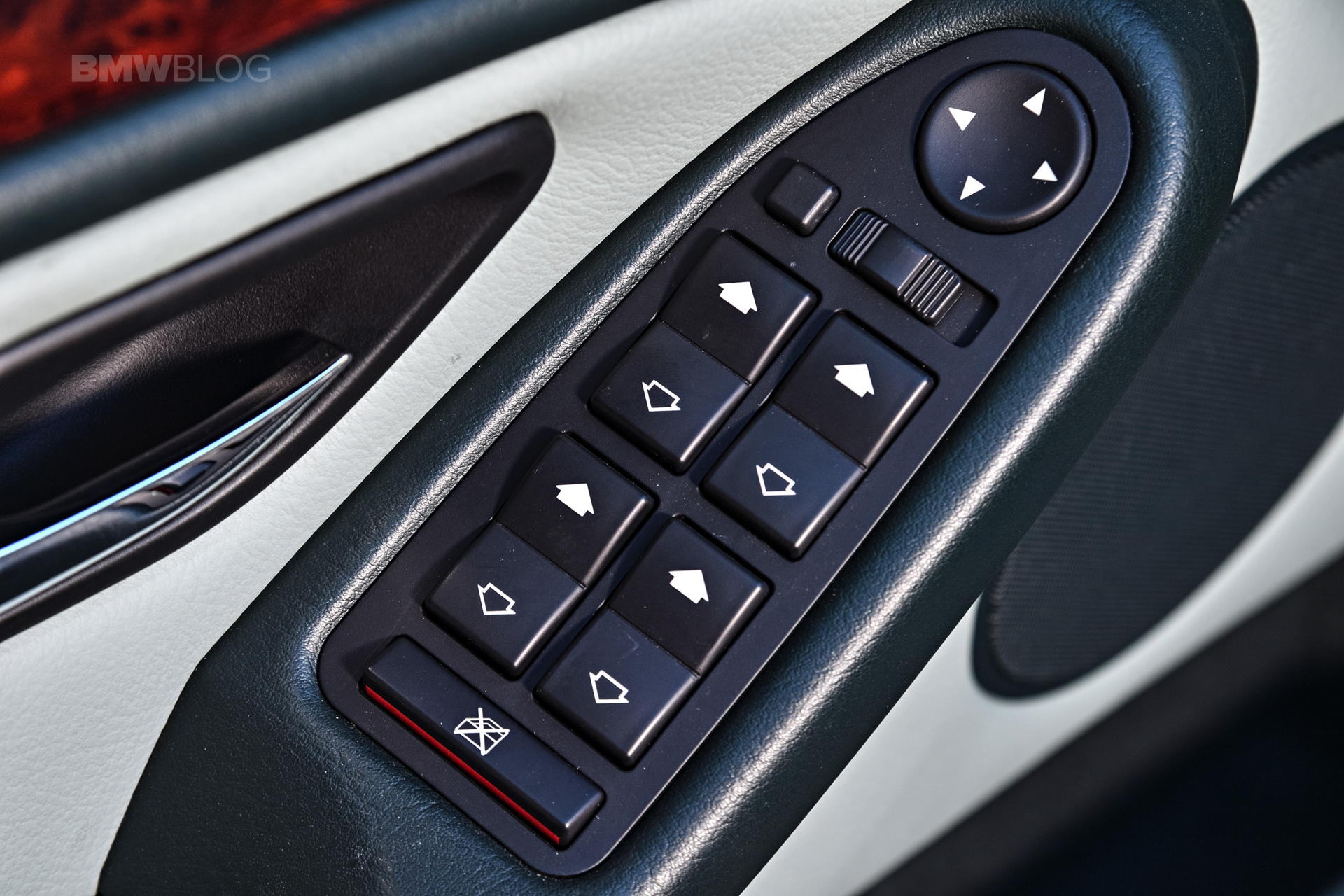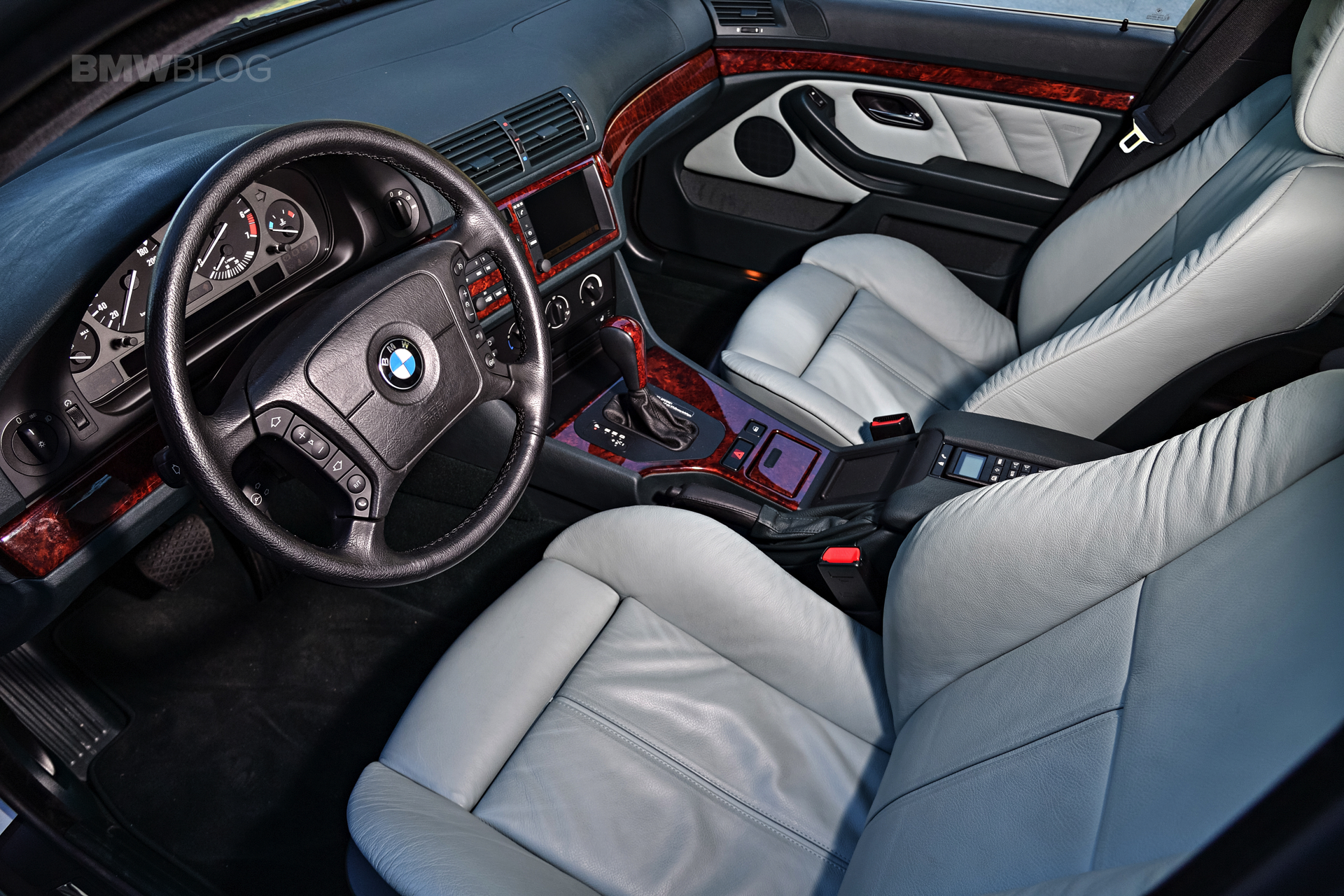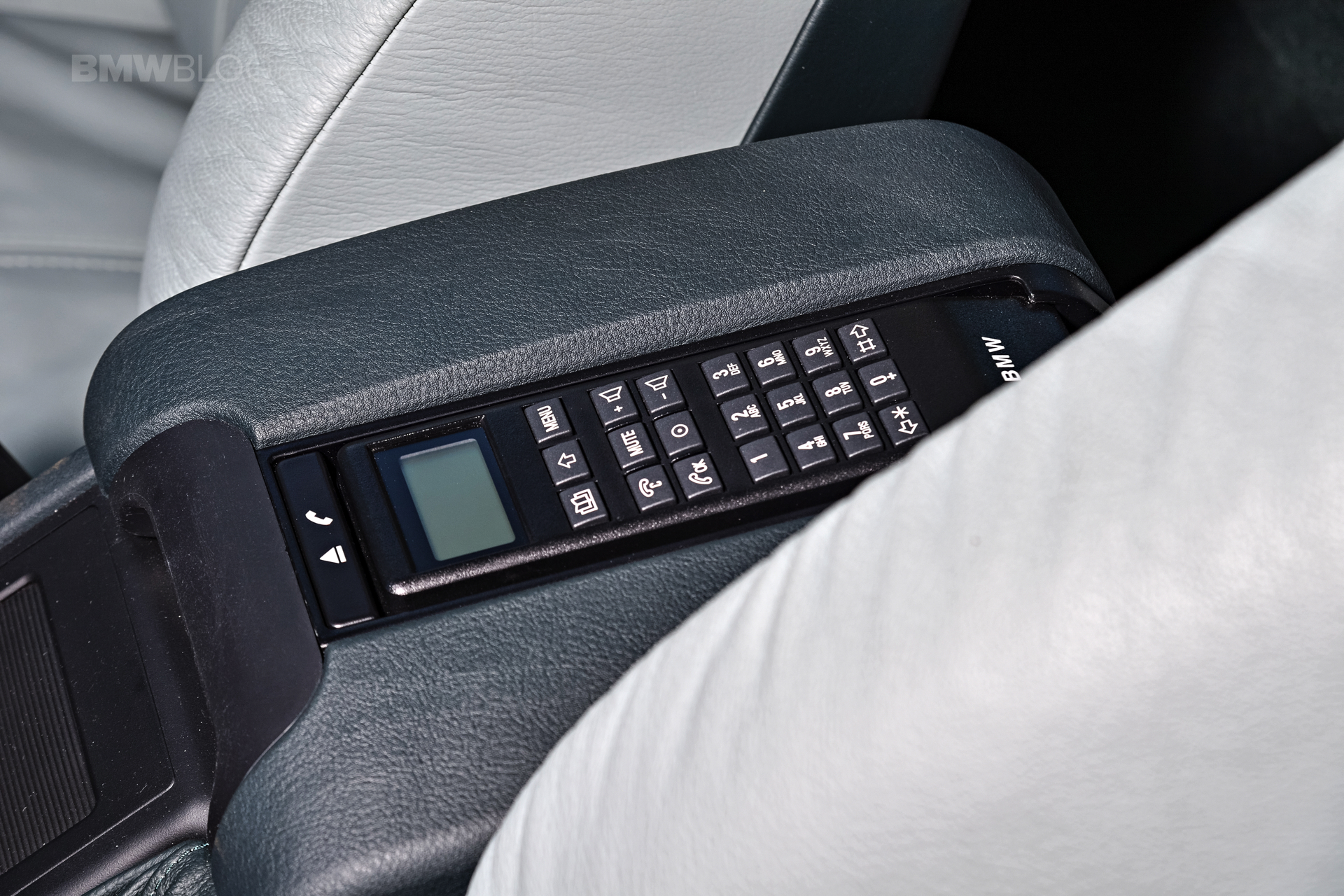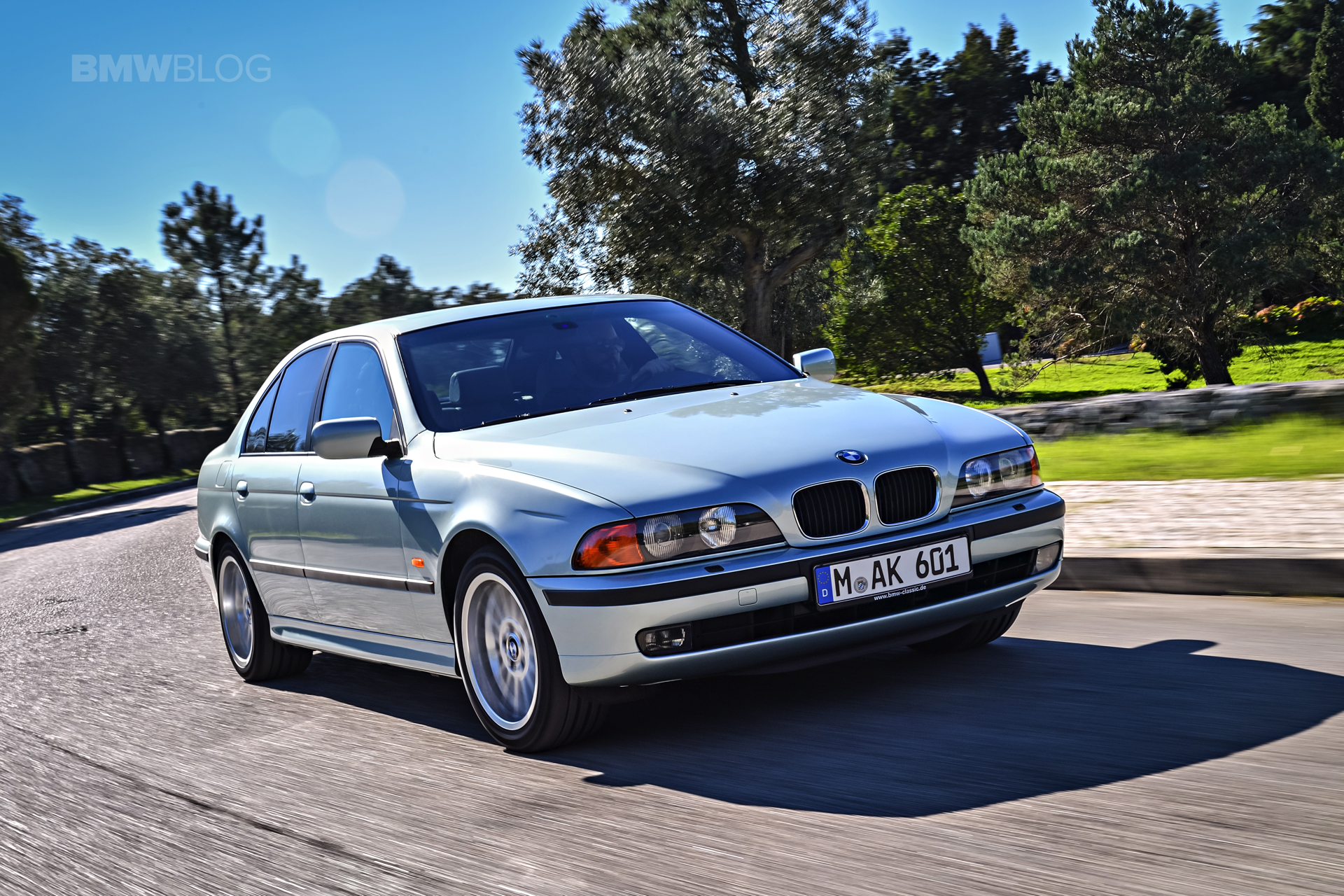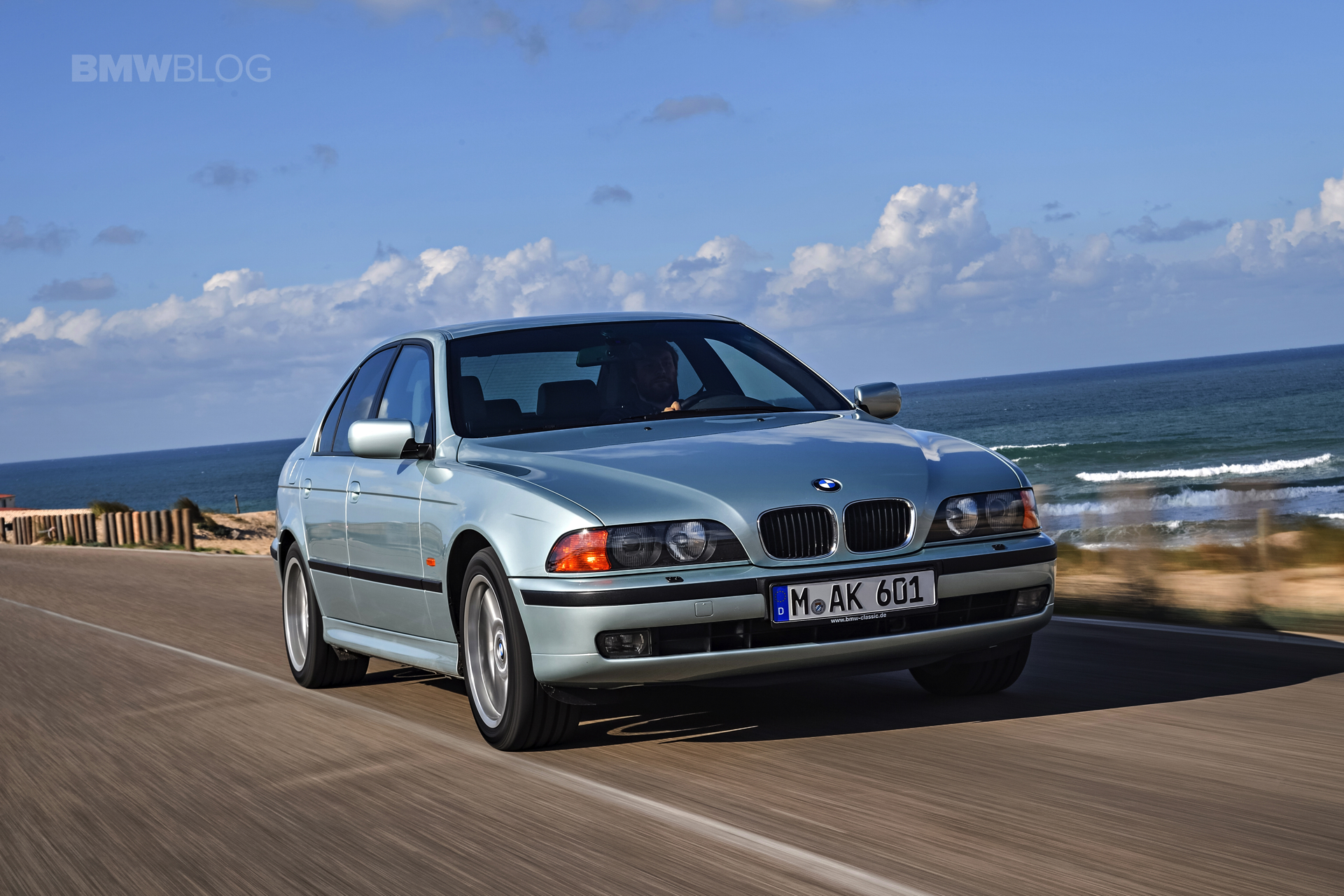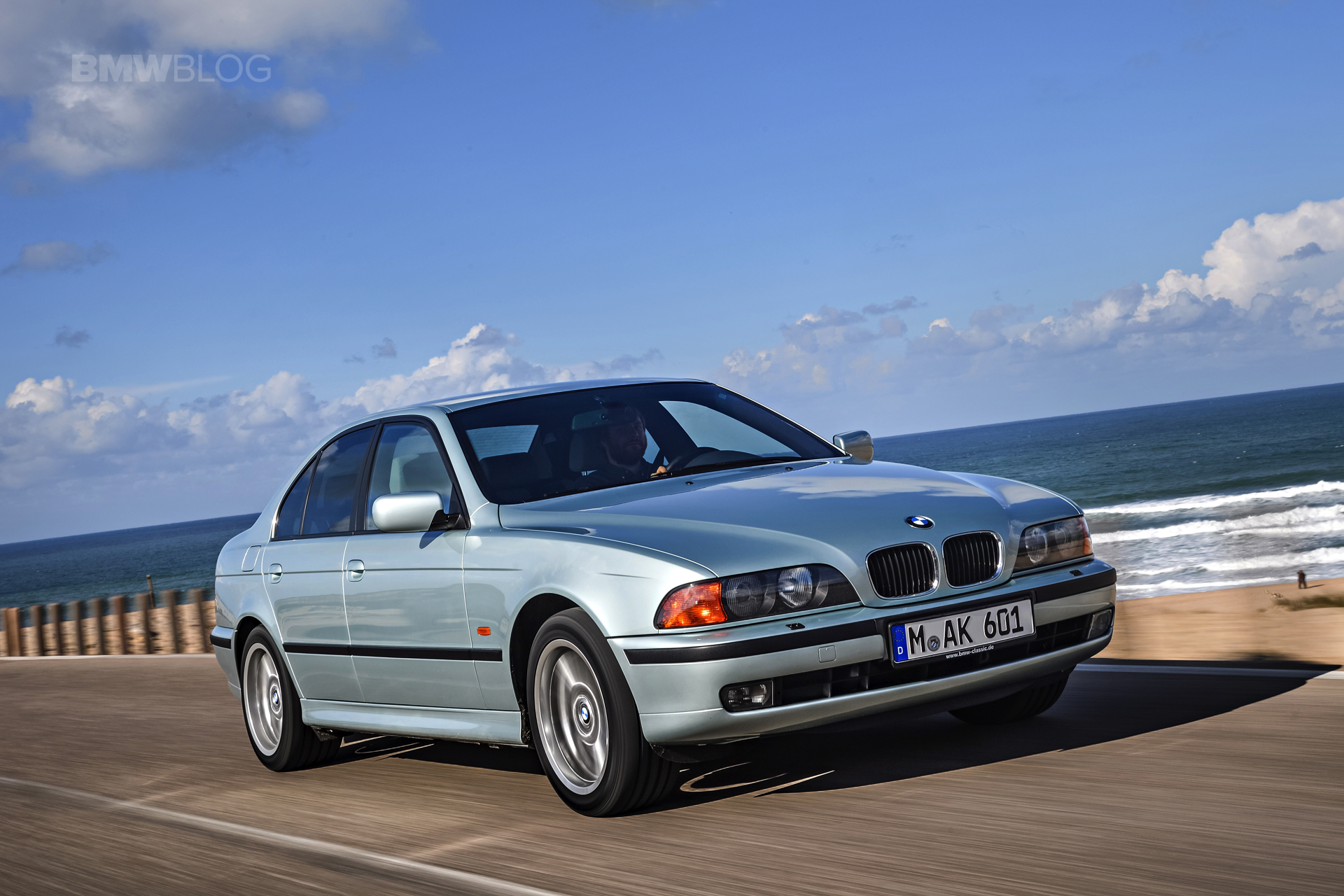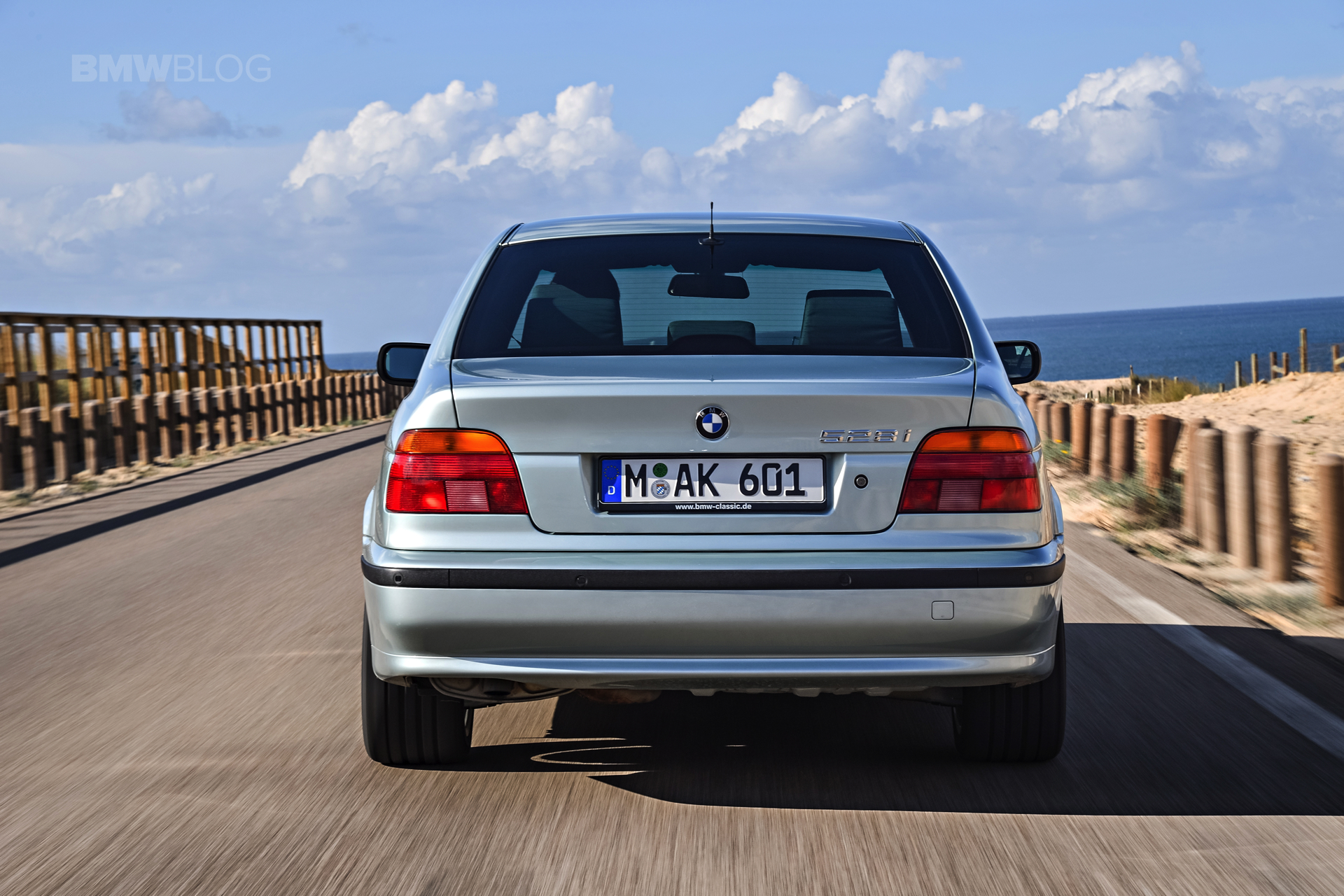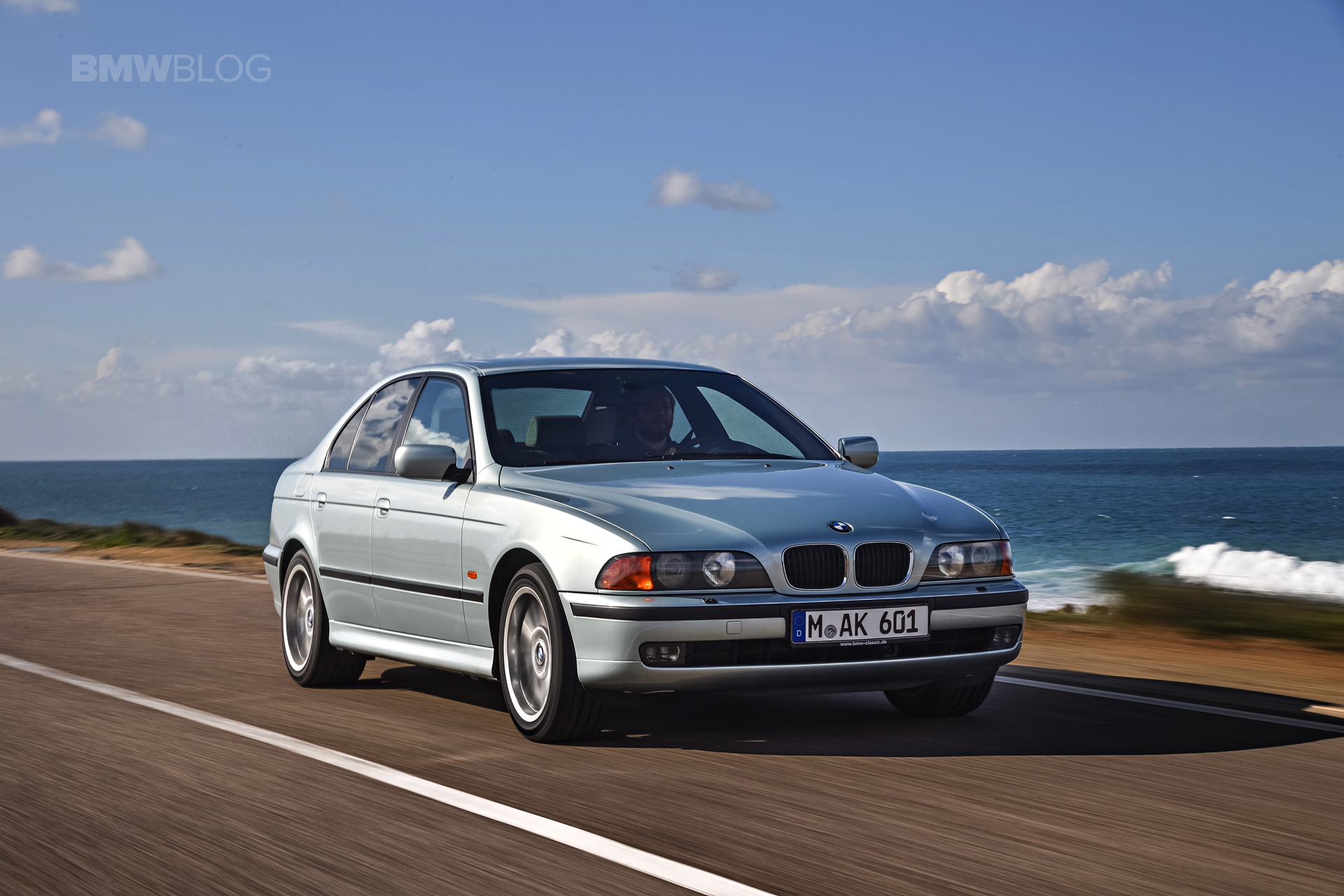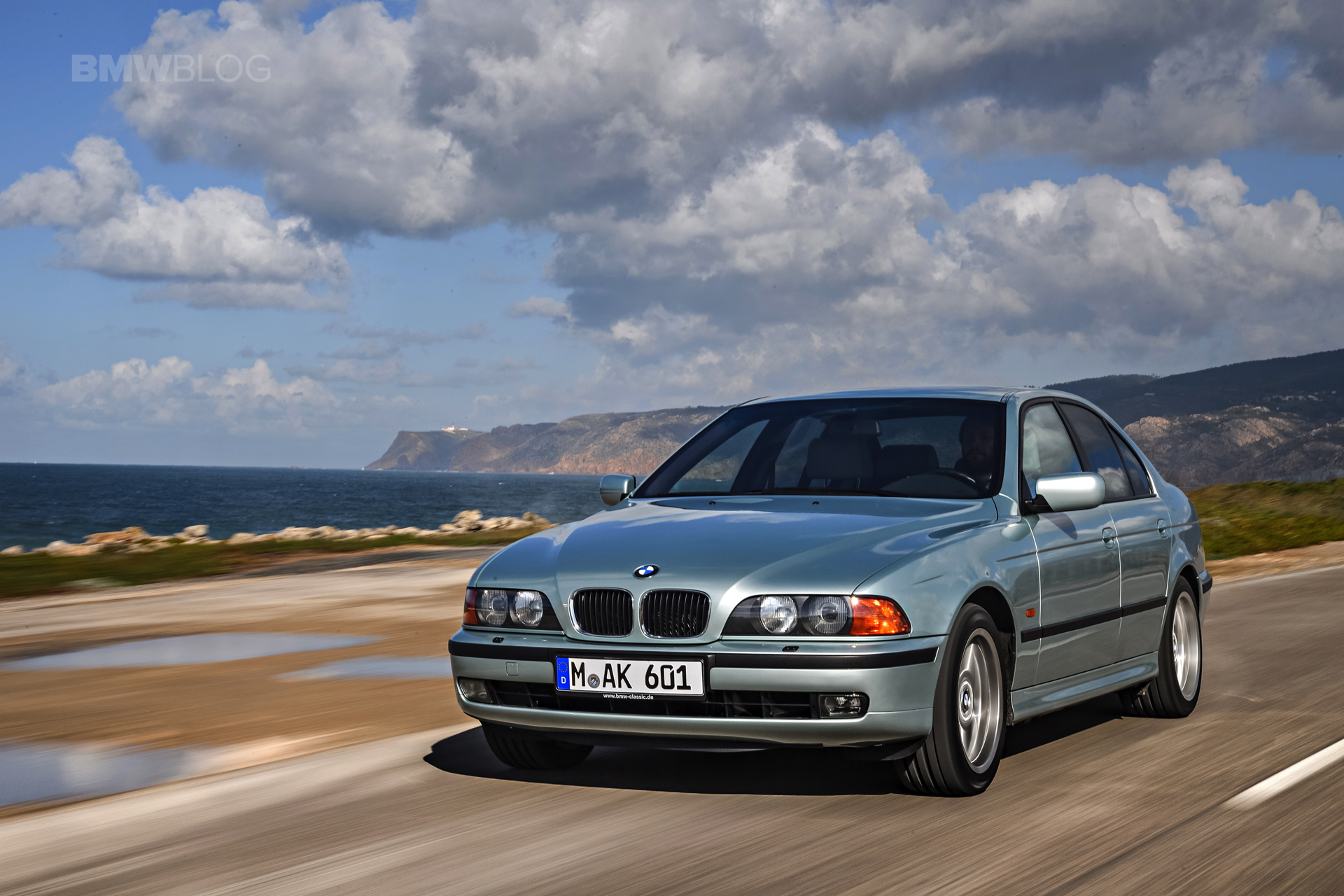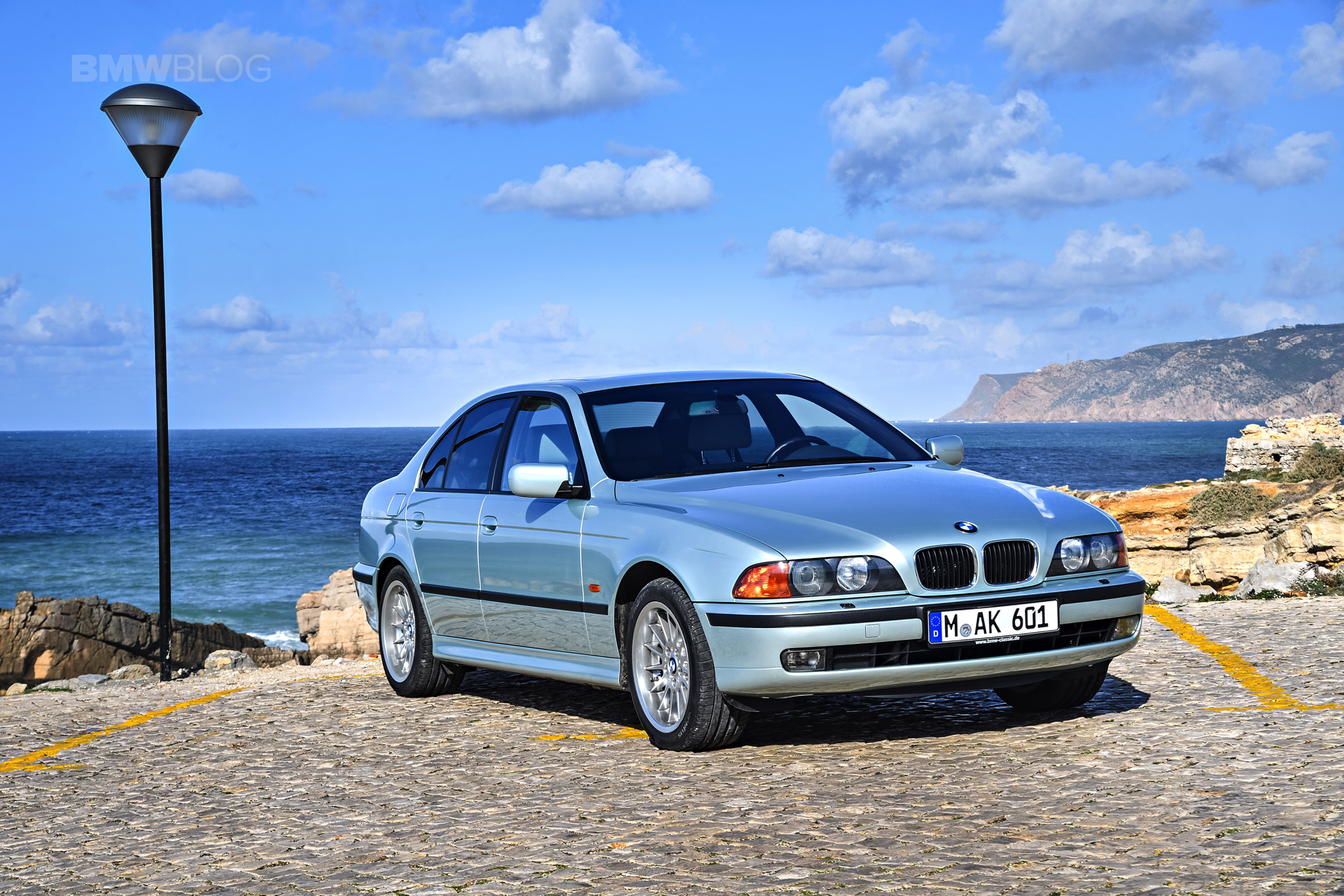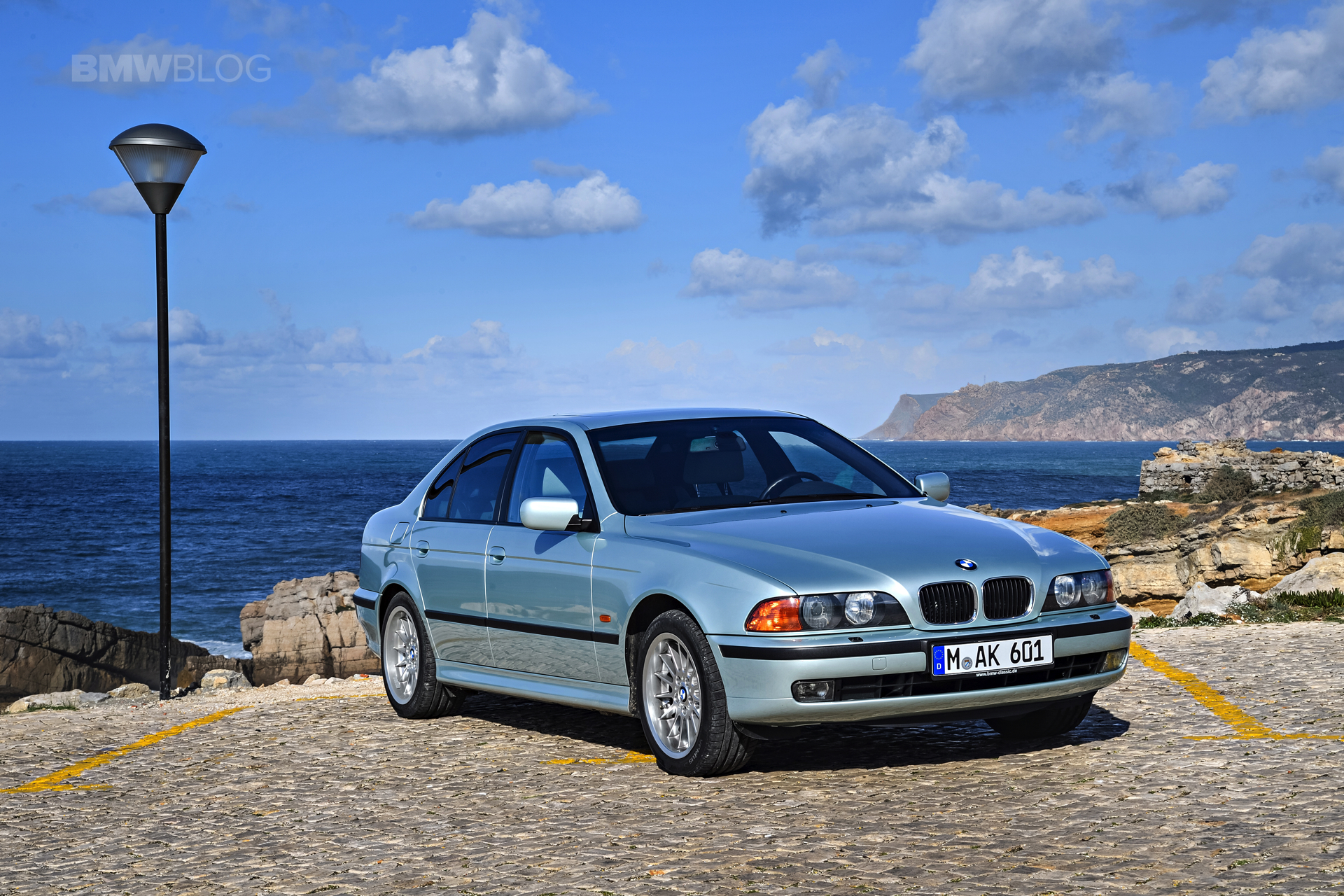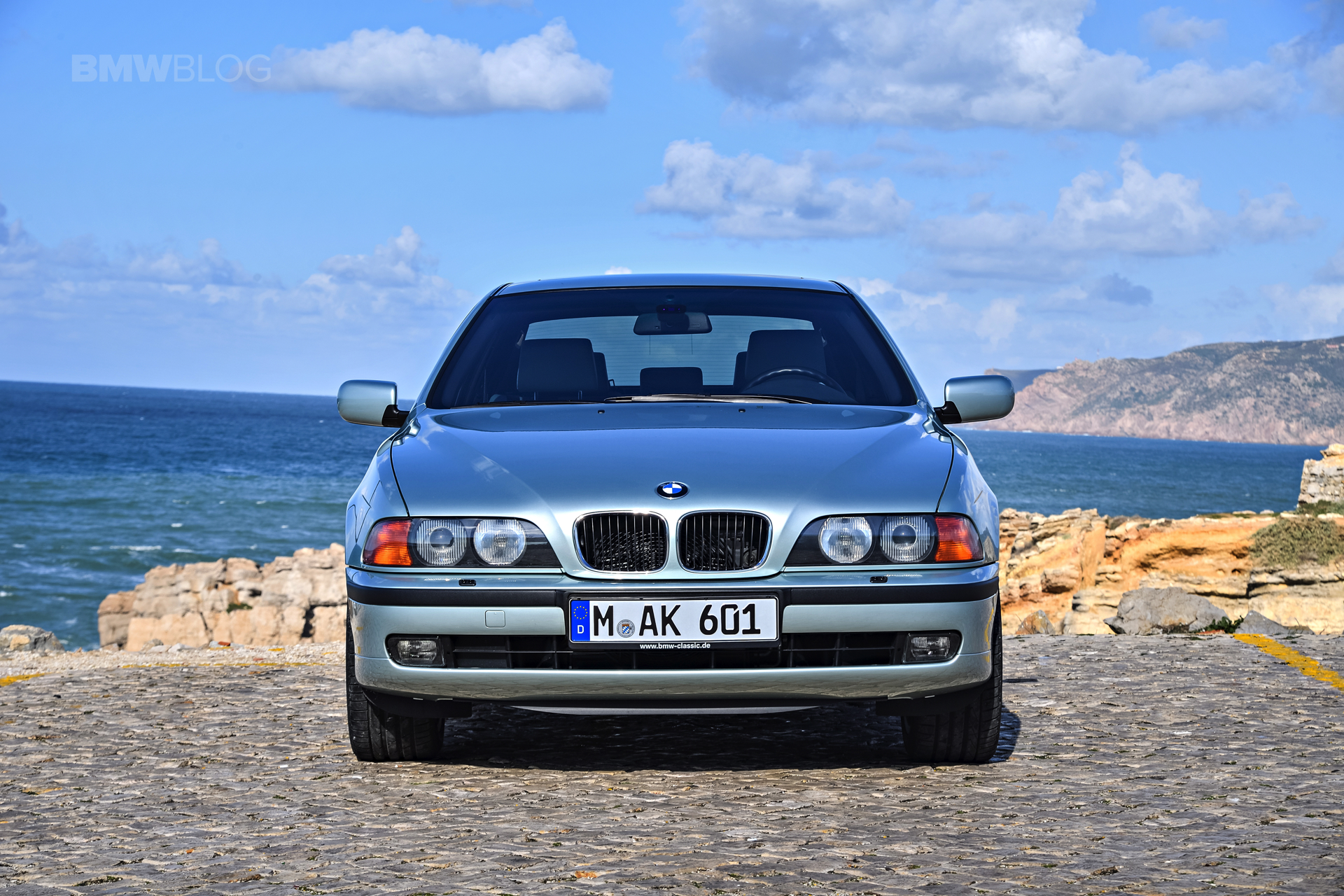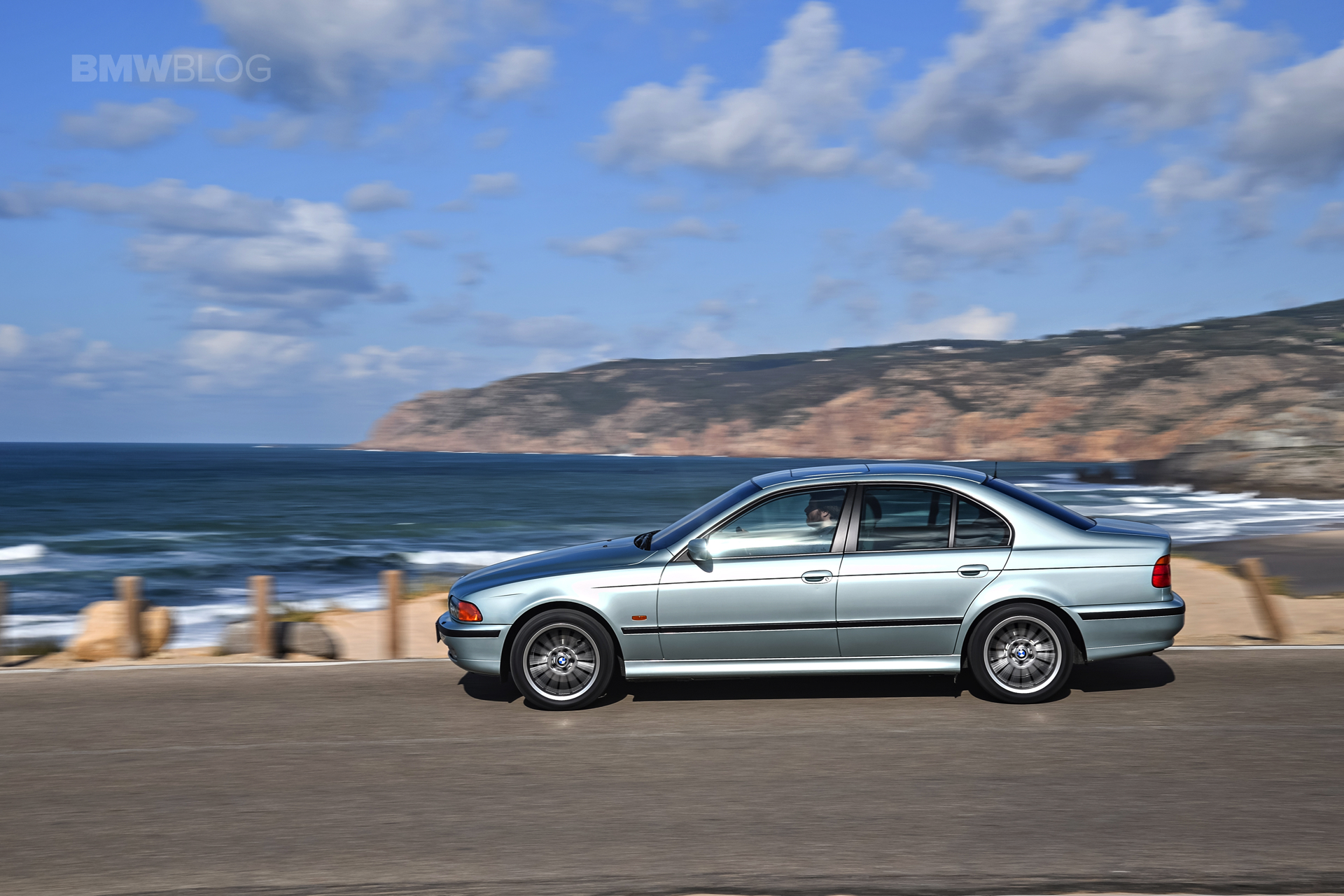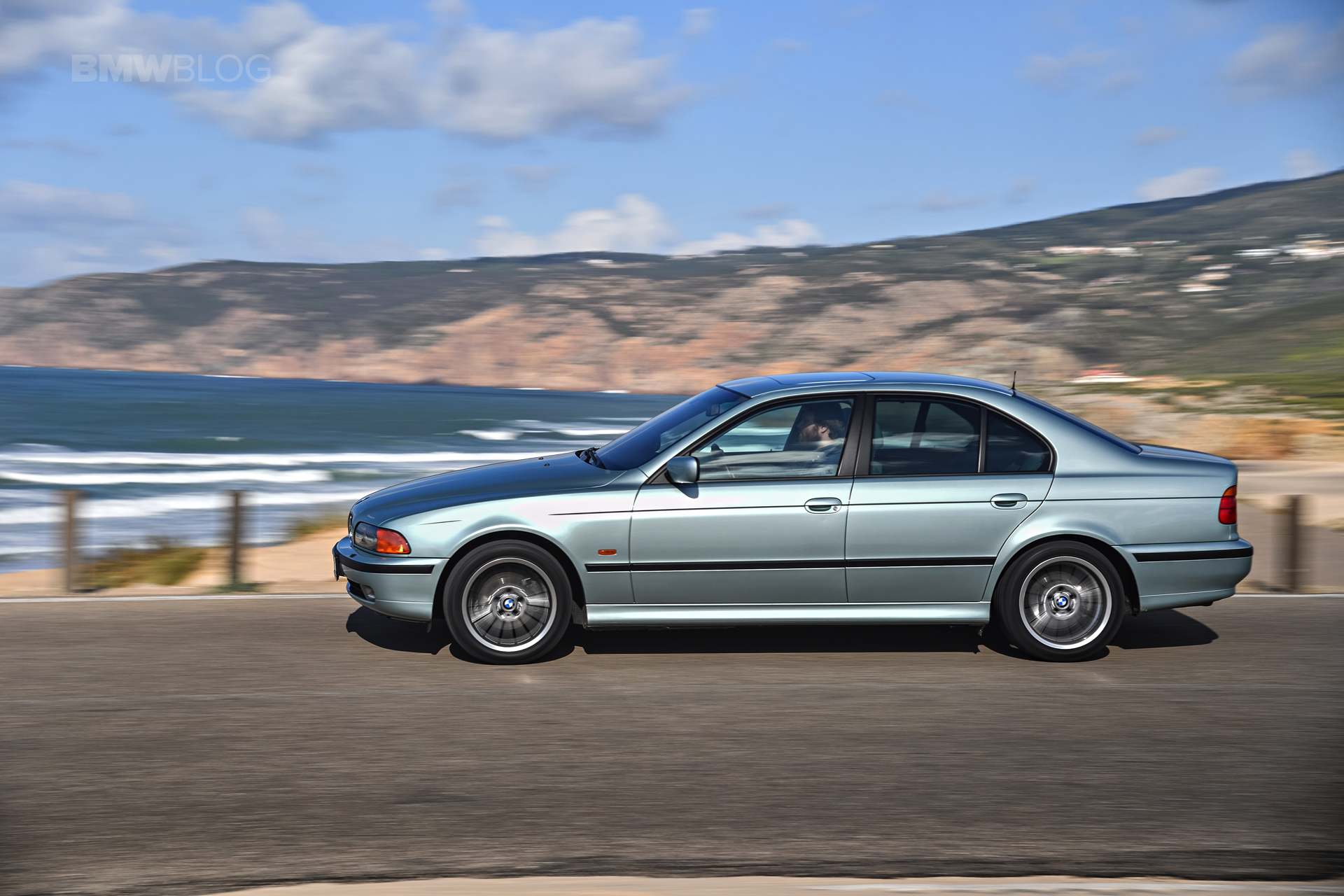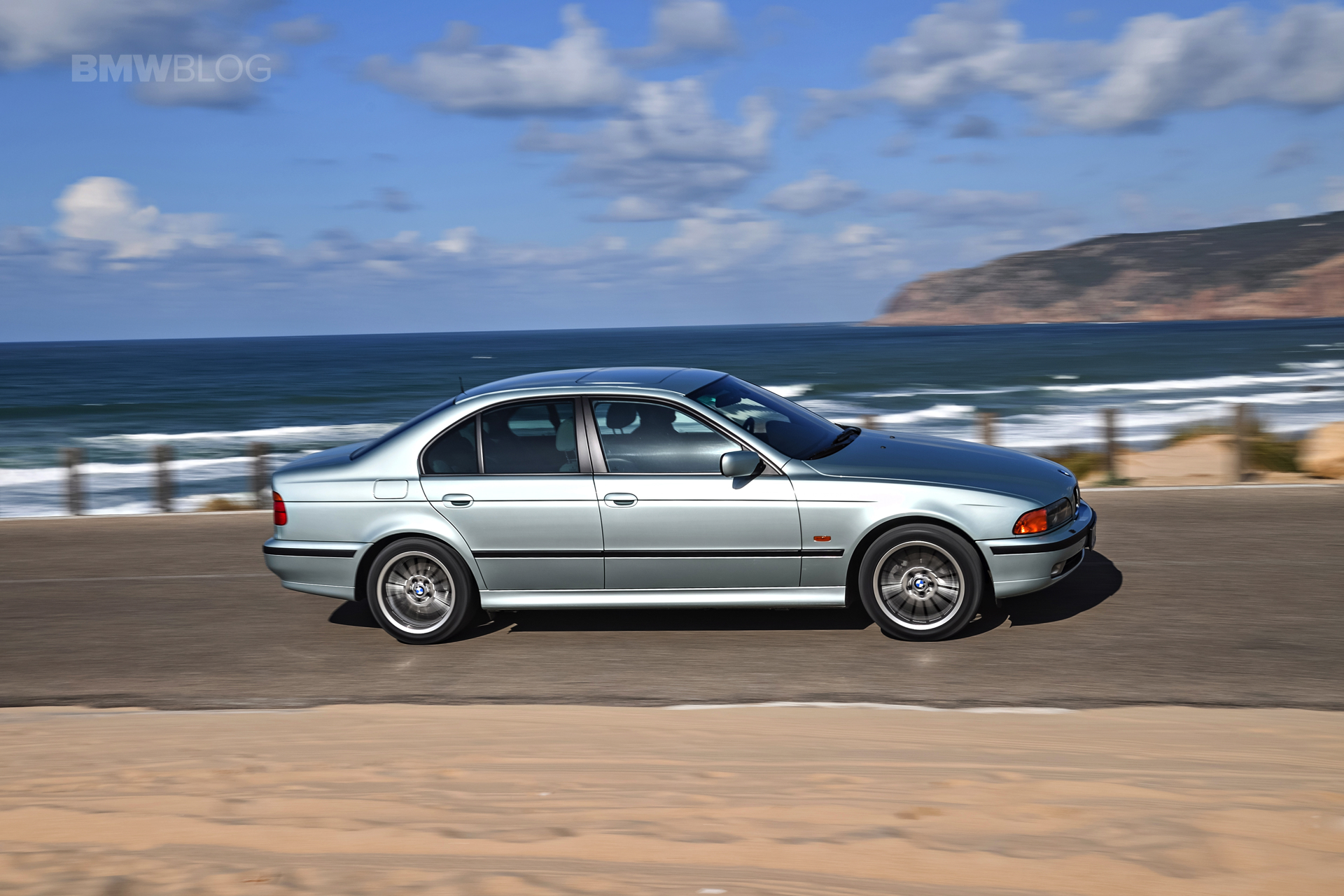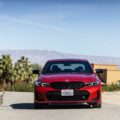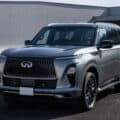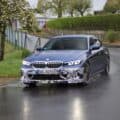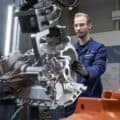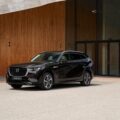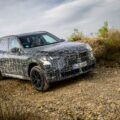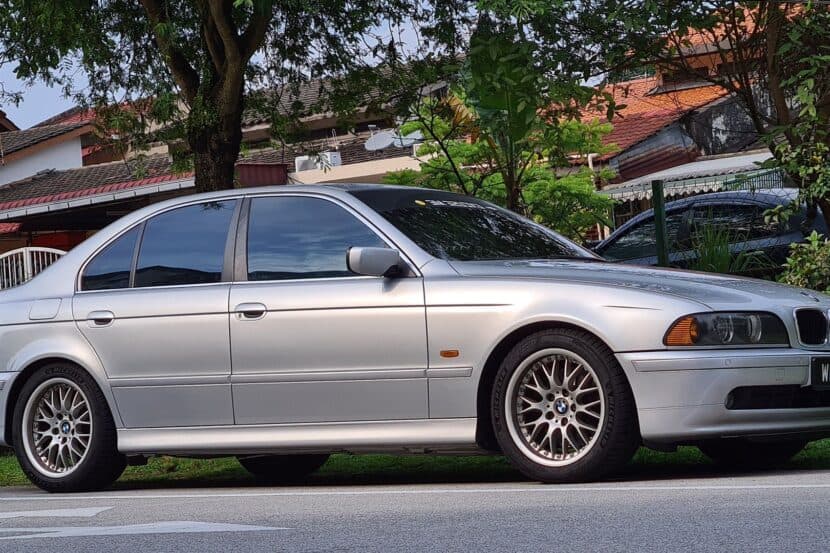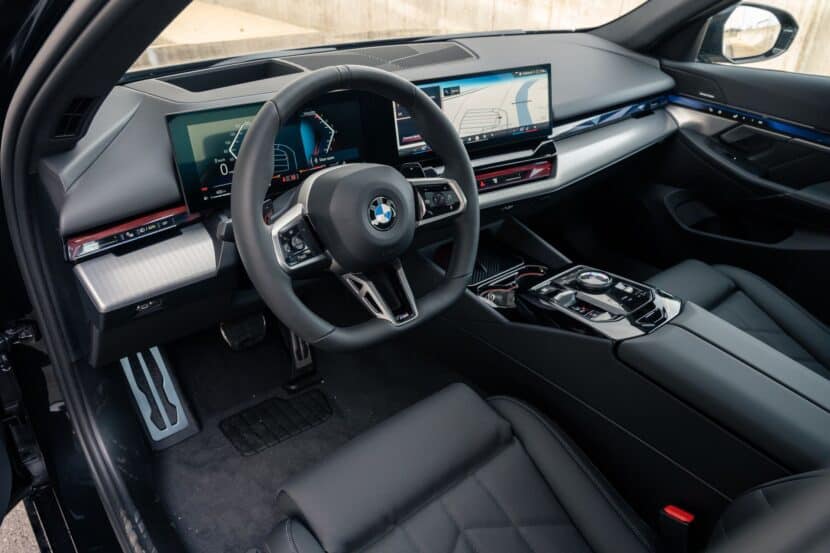Our BMW 5 Series story continues today with the iconic – and often regarded as the best 5 Series ever – the E39 sedan. Previous coverage included the E12, E28 and the E34.
Most of that popularity of the E39 5 Series comes from the E39 M5 being the best M5 in the model’s storied history. But much of the M5’s success is attributed to the spectacular chassis that is the E39 5 Series. Development for the E34’s successor began in early 1989, internally known as “Entwicklung 39” and ended in 1995. The final design by Joji Nagashima was selected in June 1992 and later frozen for production under new design chief Chris Bangle. With design selection in 1992, the series development phase began and took 39 months till start of production.
The complete vehicle redesign draws heavily from the E38 7 Series in body construction and electronic technology. The mid-level BMW saloon showed evolutionary styling changes rather than a dramatic redesign. Initially offered only as a saloon, the wheelbase grew by 68 millimeters (2.7 in) and overall length by 55 millimeters (2.2 in) over the previous 5-series, the E34.
Various engine sizes and configurations have been available. The European range was more diverse, with BMW offering the 520i, 523i, 525i, 528i, 530i, 535i, 540i, 525tds, 520d (the only four-cylinder 5-Series engine on this generation), 525d, 530d and M5. There was also the lower-powered 525td, although this model was restricted to certain markets.
From 1997–1998, the E39 model range in North America consisted of the 528i and 540i. In 2001, the 528i was discontinued and replaced by the 525i and 530i. The 540i was initially powered by the 210 kW (280 hp) 4.4-liter M62B44 V8 which was derived from the earlier E34 5 Series’ M60, but included upgraded cylinder block material, electronics, and more displacement. In September 1998, the 540i received the further upgraded M62TUB44. This engine supported a VANOS variable valve timing system, and had electronic throttle control. Power was slightly increased to 220 kW (290 hp) for 1998 to 2003 model year 540i’s.
With its precisely defined deformation zones and even stiffer passenger cell, the third generation of the BMW 5 Series set new standards in the area of occupant safety. As an option the elaborately refined suspension was available with electronically controlled dampers, a further option being speed-related Servotronic steering assistance. ASC Automatic Stability Control was also available for the first time in addition to the anti-lock brake system.
The first BMW 5 Series with electronically all-wheel drive was launched in 1991, the concept of fully variable power distribution from front to rear, together with a rear axle differential lock, proving right from the start in the first comparative tests to be superior to all four-wheel-drive systems available so far.
Total sales of the third-generation BMW 5 Series were more than 1.3 million units the worldwide.



